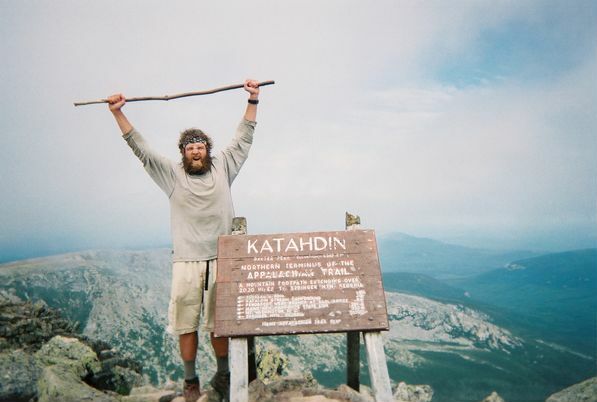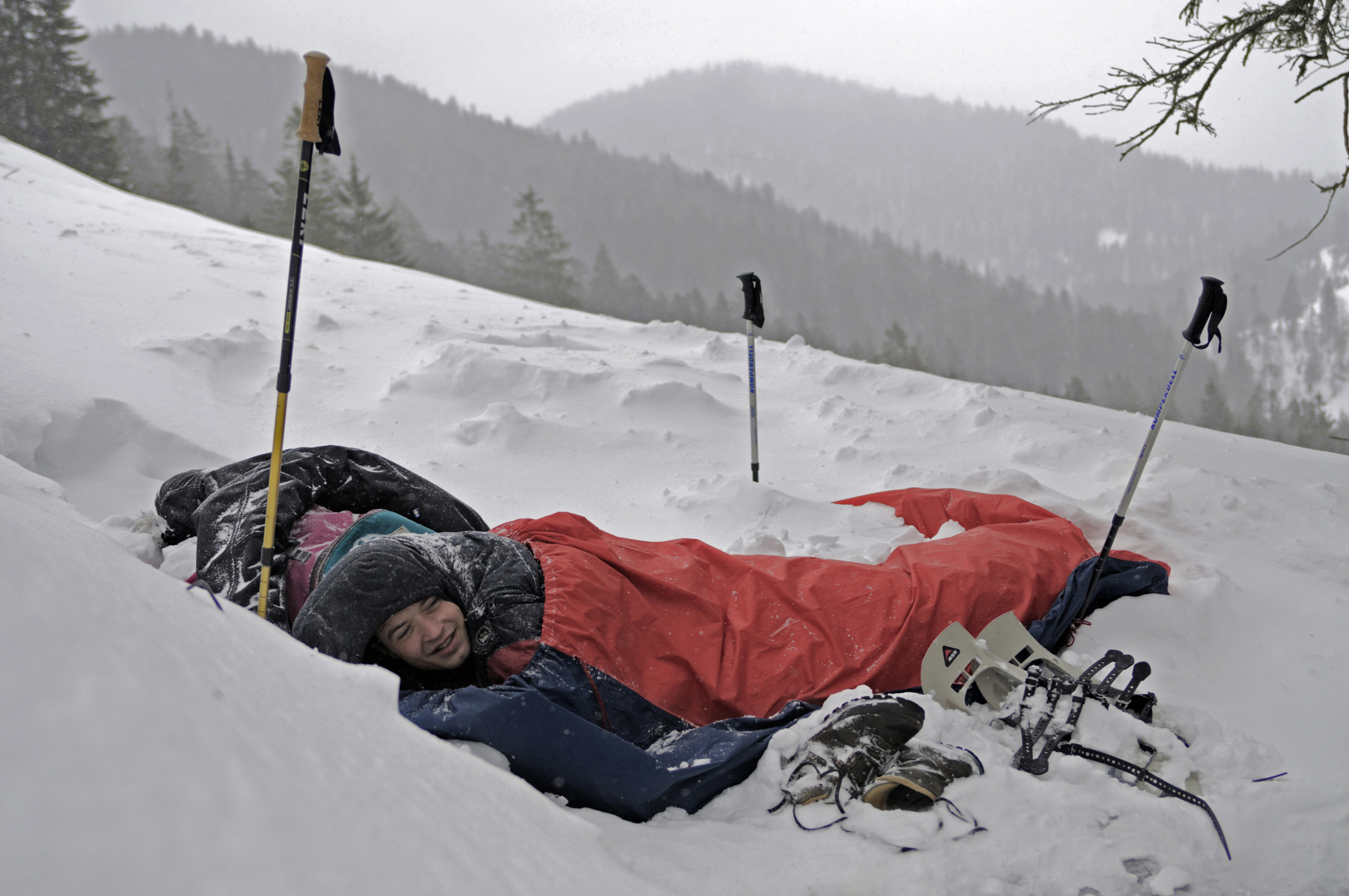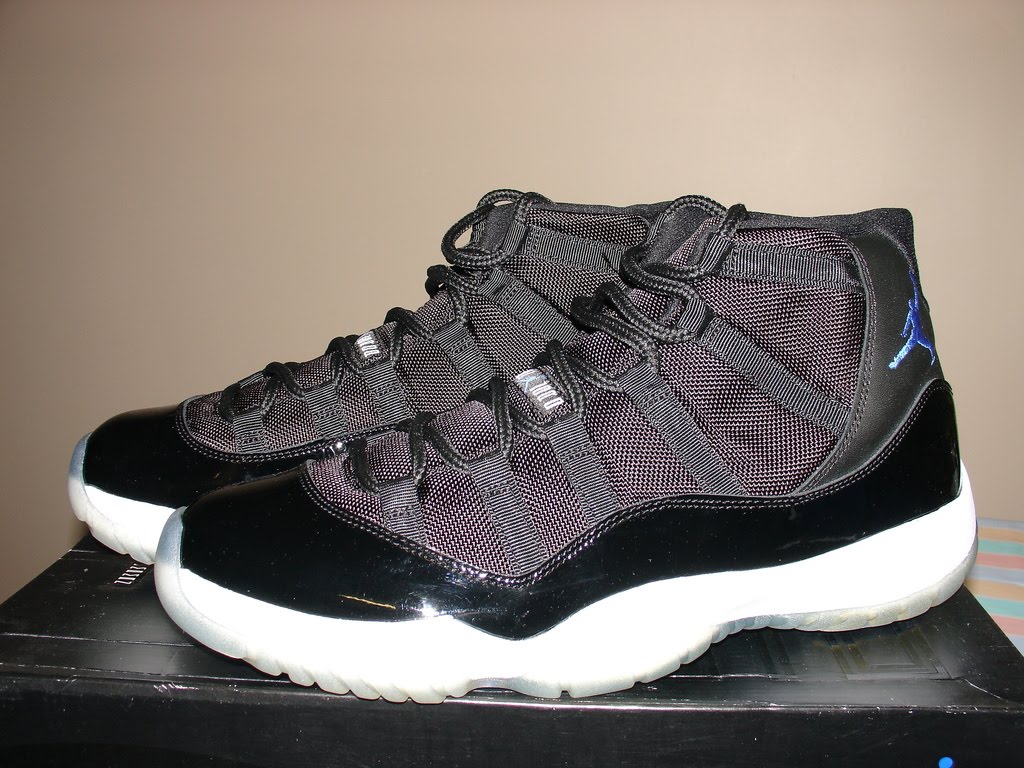|
Thru-hiking
Thru-hiking, or through-hiking, is the act of hiking an established end-to-end trail or long-distance trail with continuous footsteps. In the United States, the term is most commonly associated with the Appalachian Trail (AT), the Pacific Crest Trail (PCT), and the Continental Divide Trail (CDT), but may also refer to other end-to-end hikes. Other examples of thru-hikes include Te Araroa in New Zealand, the Camino de Santiago in Spain and France, the HexaTrek in France, the Via Francigena in France and Italy, the Va Sentiero in Italy, the Lycian Way in Turkey, the Israel National Trail, and the Great Divide Trail (GDT) in Canada. The Appalachian Trail Conservancy (ATC) defines a thru-hike as a hike of the entire AT in 12 months or less. A “2,000-miler” is a hiker who has walked the entire length of the AT and reported his or her hike completion to the ATC, which has kept records of thru-hike completions since 1937. (The ATC uses the term “2,000-miler” since the ... [...More Info...] [...Related Items...] OR: [Wikipedia] [Google] [Baidu] |
Appalachian Trail
The Appalachian Trail (also called the A.T.), is a hiking trail in the Eastern United States, extending almost between Springer Mountain in Georgia and Mount Katahdin in Maine, and passing through 14 states.Gailey, Chris (2006)"Appalachian Trail FAQs" Outdoors.org (accessed September 14, 2006) The Appalachian Trail Conservancy claims the Appalachian Trail to be the longest hiking-only trail in the world. More than three million people hike segments of the trail each year. The trail was first proposed in 1921 and completed in 1937 after more than a decade of work. Improvements and changes have continued since then. It became the Appalachian National Scenic Trail under the National Trails System Act of 1968. The trail is maintained by 31 trail clubs and multiple partnerships, and managed by the National Park Service, United States Forest Service, and the nonprofit Appalachian Trail Conservancy. Most of the trail is in forest or wild lands, although some portions traverse towns, ... [...More Info...] [...Related Items...] OR: [Wikipedia] [Google] [Baidu] |
Continental Divide Trail
The Continental Divide National Scenic Trail (in short Continental Divide Trail (CDT)) is a United States National Scenic Trail with a length measured by the Continental Divide Trail Coalition of between the U.S. border with Chihuahua, Mexico and the border with Alberta, Canada. Frequent route changes and a large number of alternate routes result in an actual hiking distance of to . The CDT follows the Continental Divide of the Americas along the Rocky Mountains and traverses five U.S. states — Montana, Idaho, Wyoming, Colorado, and New Mexico. In Montana near the Canadian border the trail crosses Triple Divide Pass (near Triple Divide Peak, from which waters may flow to either the Arctic Ocean (via Hudson Bay), Atlantic Ocean or Pacific Ocean). In 2021, the CDT was about 70 percent complete, with a combination of dedicated trails and dirt and paved roads. Hikers can continue north into Alberta and British Columbia via the Great Divide Trail to Kakwa Lake in Kakwa Provi ... [...More Info...] [...Related Items...] OR: [Wikipedia] [Google] [Baidu] |
Ultralight Backpacking
Ultralight backpacking is a subset of lightweight backpacking, a style of backpacking which emphasizes carrying the lightest and least amount of gear. While no technical standards exist, some United States hikers consider "ultralight" to mean an initial base weight of less than 4.5kg (10 pounds). Base weight is the weight of a fully loaded backpack at the start of a trip, plus the gear inside and outside it, excluding consumables such as food, water, and fuel (which vary depending on the duration and style of trip). Base weight can be lowered by reducing the weight of individual items of gear, or by choosing not to carry that gear. Ultralight backpacking is most popular among thru-hikers—those hikers on extended trips (often of several months, or more) requiring resupply. In the United States the terms "light" and "ultralight" often refer to backpackers who carry gear with a base weight below and respectively. These weights are more easily achievable for smaller hikers. Large ... [...More Info...] [...Related Items...] OR: [Wikipedia] [Google] [Baidu] |
Earl Shaffer
Earl V. Shaffer (November 8, 1918 – May 5, 2002), was an American outdoorsman and author known from 1948 as The Crazy One (and eventually as The Original Crazy One) for attempting what became the first publicized claimed hiking trip in a single season over the entire length of the Appalachian Trail (AT). He also worked as a carpenter, a soldier specializing in radar and radio installation, and an antique dealer. Biography Shaffer was born in rural York, Pennsylvania, which lies approximately twenty miles from the AT, and which he always made his home. In the late 1930s he hiked with a neighbor and close friend, Walter Winemiller, and they made plans to hike the whole of the AT together, after the war that they anticipated the US would eventually enter. Shaffer enlisted in the army in 1941, was well along in his training at the time of the Pearl Harbor attack, and did arduous and risky service as a forward-area radioman in the South Pacific into 1945. His friend Winemiller se ... [...More Info...] [...Related Items...] OR: [Wikipedia] [Google] [Baidu] |
Pacific Crest Trail
The Pacific Crest Trail (PCT), officially designated as the Pacific Crest National Scenic Trail, is a long-distance hiking and equestrian trail closely aligned with the highest portion of the Cascade and Sierra Nevada mountain ranges, which lie east of the U.S. Pacific coast. The trail's southern terminus is next to the Mexico–United States border, just south of Campo, California, and its northern terminus is on the Canada–US border, upon which it continues unofficially to the Windy Joe Trail within Manning Park in British Columbia; it passes through the states of California, Oregon, and Washington. The Pacific Crest Trail is long and ranges in elevation from roughly above sea level near the Bridge of the Gods on the Oregon–Washington border to at Forester Pass in the Sierra Nevada. The route passes through 25 national forests and 7 national parks. Its midpoint is near Chester, California (near Mt. Lassen), where the Sierra and Cascade mountain ranges meet. It was d ... [...More Info...] [...Related Items...] OR: [Wikipedia] [Google] [Baidu] |
Triple Crown Of Hiking
The Triple Crown of Hiking informally refers to the three major U.S. long-distance hiking trails: * Appalachian Trail – , between Springer Mountain in Georgia and Mount Katahdin in Maine and traversing North Carolina, Tennessee, Virginia, West Virginia, Maryland, Pennsylvania, New Jersey, New York, Connecticut, Massachusetts, Vermont, and New Hampshire.Gailey, Chris (2006)"Appalachian Trail FAQs"Outdoors.org (accessed September 14, 2006) * Pacific Crest Trail – , between Mexico and Canada following the highest portion of the Sierra Nevada and Cascade Range and traversing Washington, Oregon, and California. * Continental Divide Trail – , between Mexico and Canada following the Continental Divide along the Rocky Mountains and traversing Montana, Idaho, Wyoming, Colorado, and New Mexico. These three trails were the first designated National Scenic Trails in the National Trails System. Their total length is about ; vertical gain is more than . A total of 22 states are visited ... [...More Info...] [...Related Items...] OR: [Wikipedia] [Google] [Baidu] |
Emma Gatewood
Emma Rowena (Caldwell) Gatewood, known as Grandma Gatewood, (October 25, 1887 – June 4, 1973), was an American Ultralight backpacking, ultra-light hiking pioneer. After a difficult life as a farm wife, mother of eleven children, and survivor of domestic violence, she became famous as the first solo female Thru-hiking, thru-hiker of the Appalachian Trail (A.T.) in 1955 at the age of 67. She subsequently became the first person (male or female) to hike the A.T. three times, after completing a second thru-hike two years later, followed by a section-hike in 1964. In the meantime, she hiked of the Oregon Trail in 1959. In her later years, she continued to travel and hike, and worked on a section of what would become the Buckeye Trail. The media coverage surrounding her feats was credited for generating interest in maintaining the A.T. and in hiking generally. Among many other honors, she was posthumously inducted into the Appalachian Trail Hall of Fame in 2012. Biograph ... [...More Info...] [...Related Items...] OR: [Wikipedia] [Google] [Baidu] |
Sneaker (footwear)
Sneakers (also called trainers, athletic shoes, tennis shoes, gym shoes, kicks, sport shoes, flats, running shoes, or runners) are shoes primarily designed for sports or other forms of physical exercise, but which are now also widely used for everyday casual wear. Since their popularization by companies such as Converse (shoe company), Converse, Nike, Inc., Nike and Spalding (company), Spalding in the mid 20th century, they have become attire, with variety growing in many global markets exponentially. Like other parts of the global clothing industry, manufacture of shoes is heavily concentrated in Asia with nine in ten shoes produced in that region. Contemporary sneakers are largely made from synthetic materials, and the materials and manufacturing process produce, on average, about of CO2 emissions, CO2 emissions. Some companies are trying to substitute more sustainable materials in their manufacture. About 90% of shoes end up in landfills at end of life. Names and etymol ... [...More Info...] [...Related Items...] OR: [Wikipedia] [Google] [Baidu] |
Boot
A boot is a type of footwear. Most boots mainly cover the foot and the ankle, while some also cover some part of the lower calf. Some boots extend up the leg, sometimes as far as the knee or even the hip. Most boots have a heel that is clearly distinguishable from the rest of the sole, even if the two are made of one piece. Traditionally made of leather or rubber, modern boots are made from a variety of materials. Boots are worn both for their functionality and for reasons of style and fashion. Functional concerns include: protection of the foot and leg from water, mud, pestilence (infectious disease, insect bites and stings, snake bites), extreme temperatures, sharp or blunt hazards (e.g. work boots may provide steel toes), physical abrasion, corrosive agents, or damaging radiation; ankle support and traction for strenuous activities such as hiking; and durability in harsh conditions (e.g. the underside of combat boots may be reinforced with hobnails). In some cases, ... [...More Info...] [...Related Items...] OR: [Wikipedia] [Google] [Baidu] |
Blanket
A blanket is a swath of soft cloth large enough either to cover or to enfold most of the user's body and thick enough to keep the body warm by trapping radiant body heat that otherwise would be lost through convection. Etymology The term arose from the generalization of a specific fabric called ''Blanket fabric'', a heavily napped woolen weave pioneered by Thomas Blanket (Blanquette), a Flemish weaver who lived in Bristol, England, in the 14th century. Earlier usage of the term is possible through its derivation from the French word for white: . According to the Oxford English Dictionary, the word was used a noun as long ago as the 14th century. William Shakespeare is recognised as the first person to use the verb ''blanket'', meaning to 'cover with or as with a blanket'. In the play ''King Lear'', published in 1608, the character Edgar says: "My face ile grime with filth, Blanket my loynes, else all my haire with knots." History An ancient form of blanket is recor ... [...More Info...] [...Related Items...] OR: [Wikipedia] [Google] [Baidu] |
Hiking Trail
A trail, also known as a path or track, is an unpaved lane or small road usually passing through a natural area. In the United Kingdom and the Republic of Ireland, a path or footpath is the preferred term for a pedestrian or hiking trail. The term is also applied in North America to routes along rivers, and sometimes to highways. In the US, the term was historically used for a route into or through wild territory used by explorers and migrants (e.g. the Oregon Trail). In the United States, "trace" is a synonym for trail, as in Natchez Trace. Some trails are dedicated only for walking, cycling, horse riding, snowshoeing or cross-country skiing, but not more than one use; others, as in the case of a bridleway in the UK, are multi-use and can be used by walkers, cyclists and equestrians alike. There are also unpaved trails used by dirt bikes and other off-road vehicles, and in some places, like the Alps, trails are used for moving cattle and other livestock. Usage In Australia ... [...More Info...] [...Related Items...] OR: [Wikipedia] [Google] [Baidu] |
Sleeping Bag
A sleeping bag is an insulated covering for a person, essentially a lightweight quilt that can be closed with a zipper or similar means to form a tube, which functions as lightweight, portable bedding in situations where a person is sleeping outdoors (e.g. when camping, hiking, hill walking or climbing). It is also commonly used indoors for people who do not have beds or at sleepovers for when one or more persons cannot all fit in the bed or do not feel comfortable sleeping with someone. Its primary purpose is to provide warmth and thermal insulation through its synthetic or down insulation. It also typically has a water-resistant or water-repellent cover that protects, to some extent, against wind chill and light precipitation, but a tent is usually used in addition to a sleeping bag, as it performs those functions better. The bottom surface also provides some cushioning, but a sleeping pad or camp cot is usually used in addition for that purpose. The bottom surface of a sleep ... [...More Info...] [...Related Items...] OR: [Wikipedia] [Google] [Baidu] |


.jpg)






.jpg)
